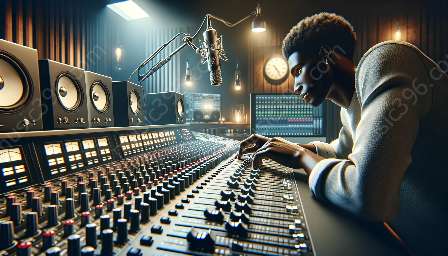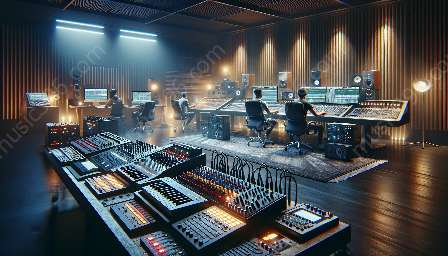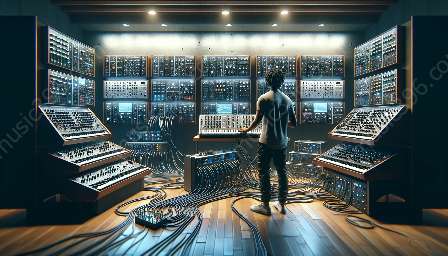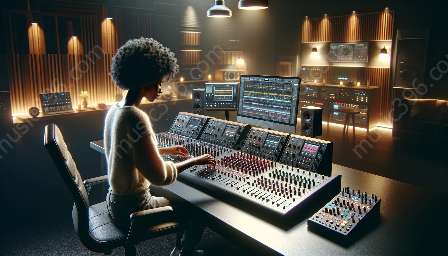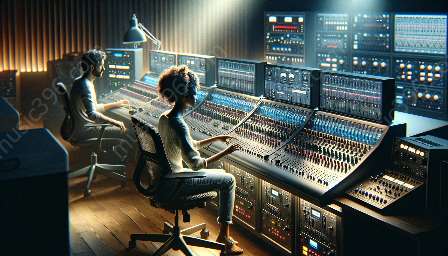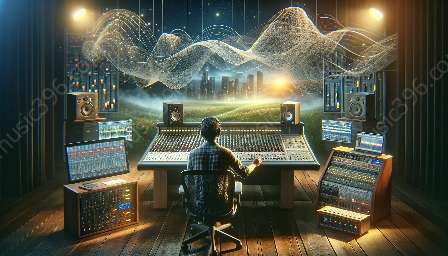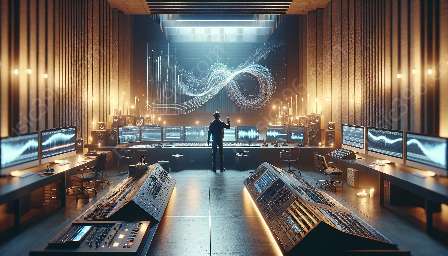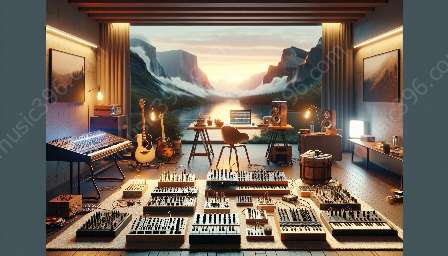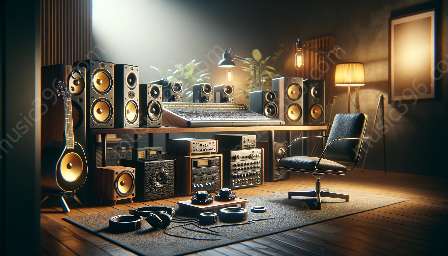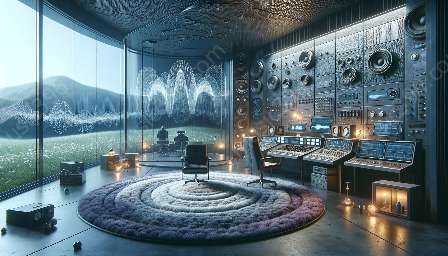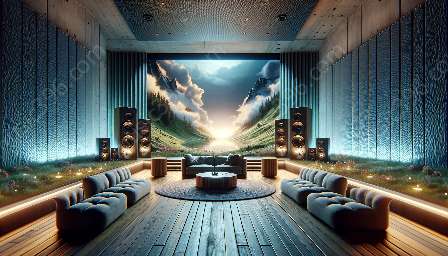When it comes to the experience of listening to music or any audio content, the aspect of spatial perception plays a vital role. This involves how our brains perceive and interpret sound in space, which in turn contributes to the overall psychoacoustic phenomena. Understanding these processes is crucial in the realm of music technology and psychoacoustics.
Spatial Audio Perception
Spatial audio perception refers to the way humans perceive the location, distance, and movement of sound sources in their environment. Our brains have the remarkable ability to analyze and interpret the spatial cues present in audio signals, allowing us to perceive a sense of depth, direction, and envelopment in the sound we hear. The perception of spatial audio is influenced by a variety of cues, including interaural time differences, interaural level differences, spectral (or tonal) cues, and auditory scene analysis.
Interaural Time and Level Differences
Interaural time differences (ITDs) and interaural level differences (ILDs) are crucial cues for localizing sound sources in space. ITDs result from the time it takes for a sound to reach each ear, while ILDs are related to the differences in sound intensity reaching each ear. These cues help our brains determine the direction from which a sound is coming.
Spectral Cues
The spectral content of a sound and how it changes as it reaches our ears provide additional cues for spatial perception. This includes the way high-frequency components are absorbed or diffracted as sound travels through space, offering information about the sound source's location.
Auditory Scene Analysis
Our auditory system is also adept at separating and organizing multiple sound sources within a complex auditory scene. This ability is essential for perceiving spatial placement, distinguishing between different sound sources, and focusing on a particular sound amidst background noise.
Psychoacoustic Phenomena
Psychoacoustics delves into the study of how the brain processes and interprets sound. It explores various perceptual phenomena related to hearing, including loudness perception, pitch perception, and temporal aspects of auditory processing. Within the realm of spatial audio, psychoacoustic phenomena play a critical role in shaping our perception of the spatial attributes of sound.
Localization and Envelopment
One of the key psychoacoustic phenomena related to spatial audio is localization, which refers to the ability to accurately perceive the location of sound sources in space. Our brains use a combination of cues to localize sound, including ITDs, ILDs, spectral cues, and reverberation. Envelopment, on the other hand, pertains to the sensation of being surrounded by sound, further enhancing the immersive experience.
Pitch and Timbre
In the context of spatial audio, psychoacoustic phenomena related to pitch and timbre influence how we perceive the spatial characteristics of sound. The perceived pitch of a sound source can affect its apparent distance and elevation, while timbral cues contribute to our ability to distinguish between different spatial reflections and reverberation patterns.
Integration with Music Technology
The understanding of spatial audio perception and psychoacoustic phenomena is integral to the development of cutting-edge music technology. Innovations in spatial audio processing, such as binaural recording and 3D audio rendering, aim to create immersive and lifelike auditory experiences.
Binaural Recording
Binaural recording techniques capture sound using microphones placed within a dummy head or using specialized in-ear microphones to mimic the human auditory system. This approach preserves spatial cues and interaural differences, enabling the playback of recordings through headphones to simulate realistic spatial perception.
3D Audio Rendering
3D audio technologies utilize advanced signal processing algorithms to create spatially immersive soundscapes. By incorporating psychoacoustic principles and spatial audio cues, these systems can reproduce realistic auditory environments, enhancing the perception of distance, direction, and envelopment in sound.
Virtual Reality (VR) and Augmented Reality (AR)
Music technology is increasingly integrated with VR and AR platforms to deliver interactive and immersive experiences. Spatial audio processing plays a pivotal role in these applications, allowing for realistic audio spatialization that aligns with the visual content, thus maximizing the sense of presence and immersion.
Conclusion
The convergence of spatial audio perception, psychoacoustic phenomena, and music technology opens up exciting possibilities for creating captivating auditory experiences. By understanding how our brains process spatial audio cues and leveraging psychoacoustic principles, we can continue to push the boundaries of immersive audio reproduction, ultimately enriching our enjoyment of music, entertainment, and interactive media.

